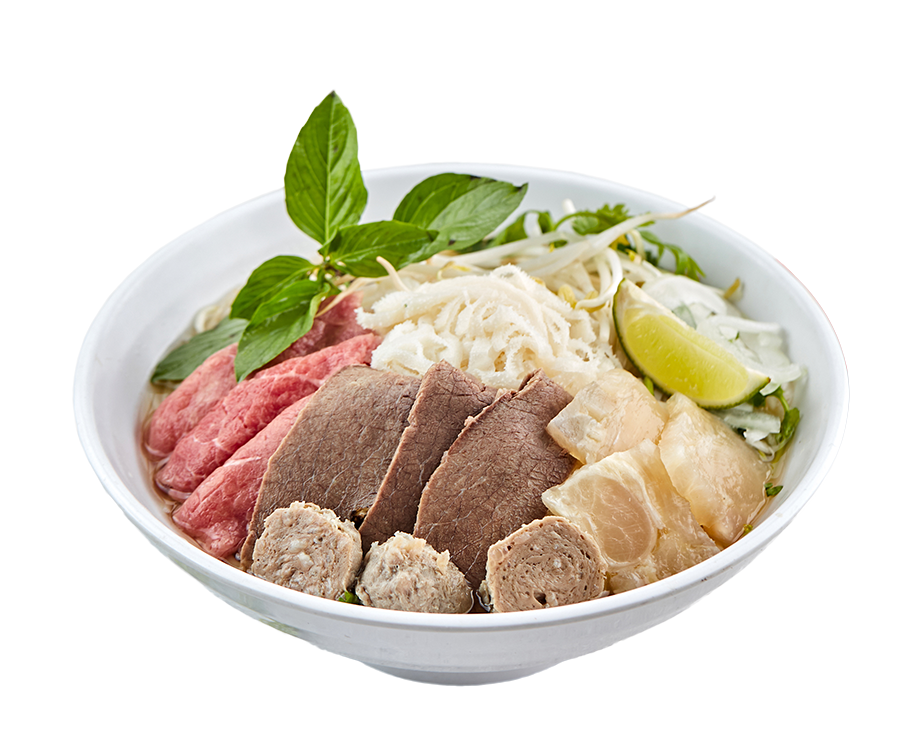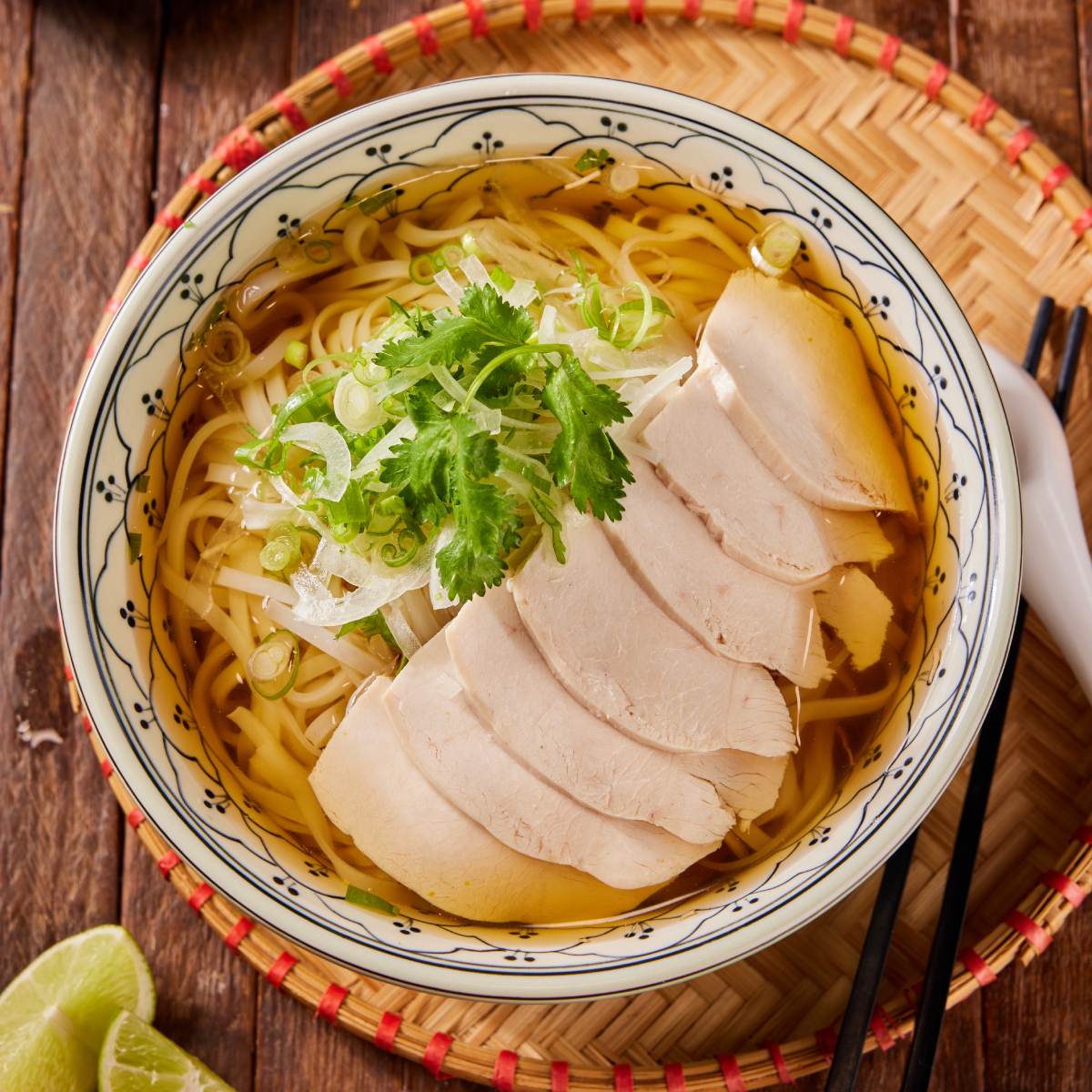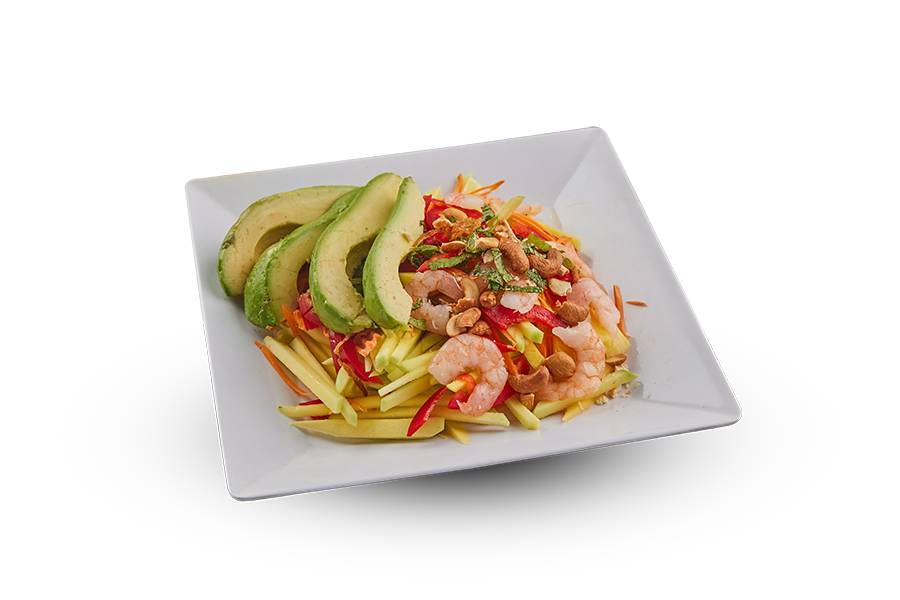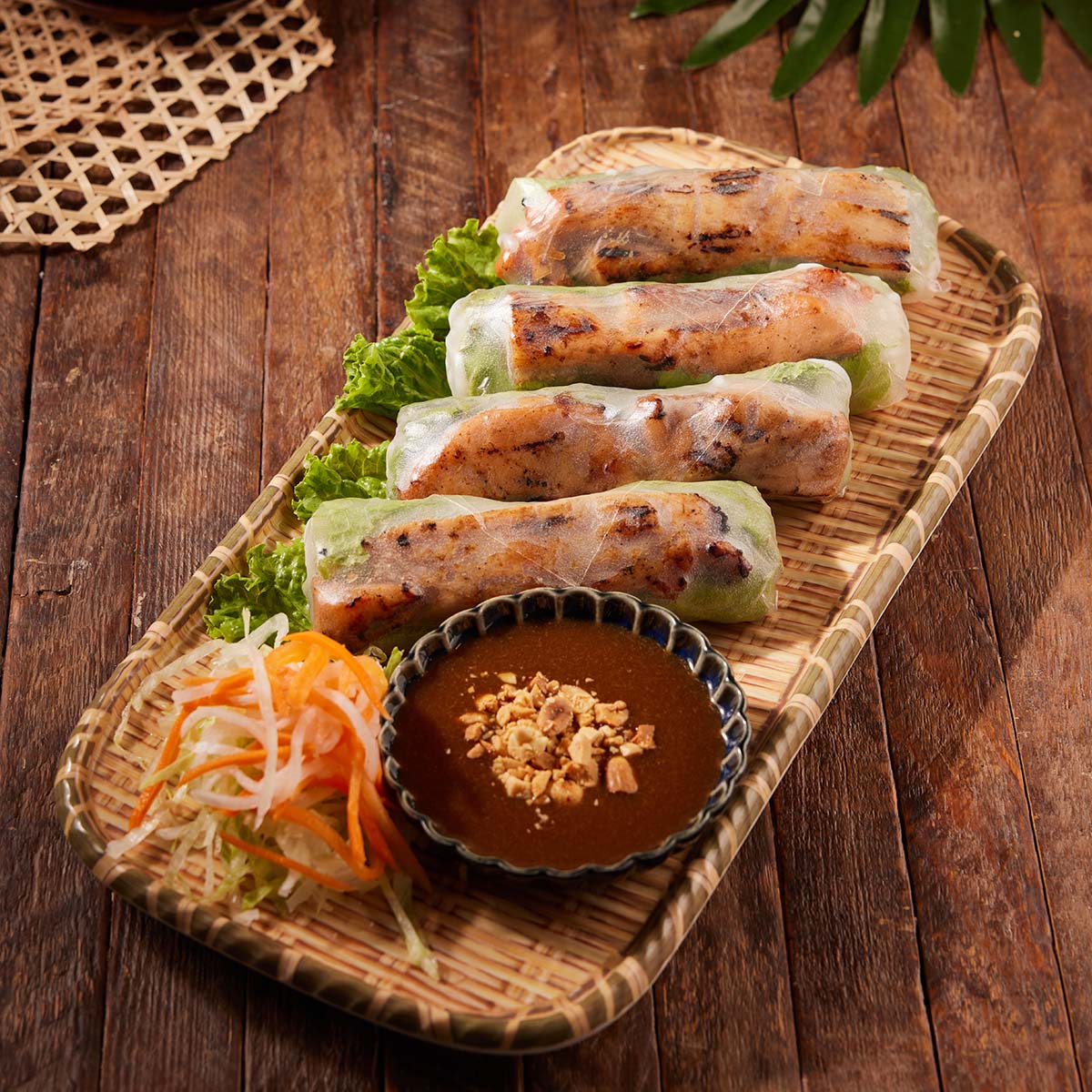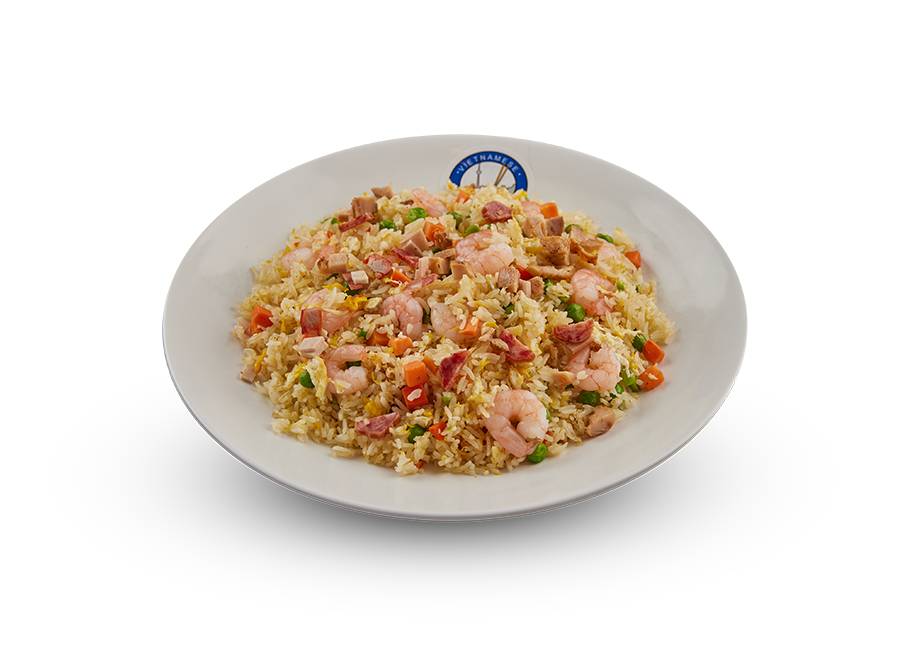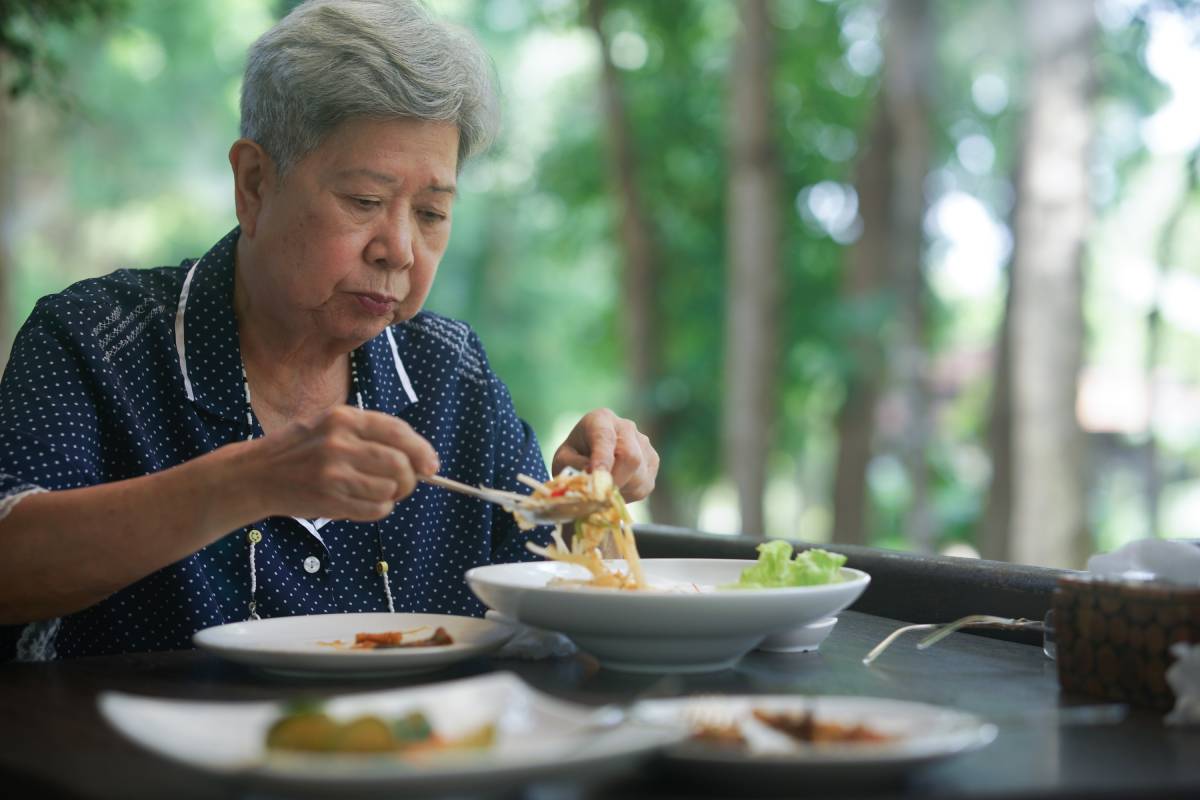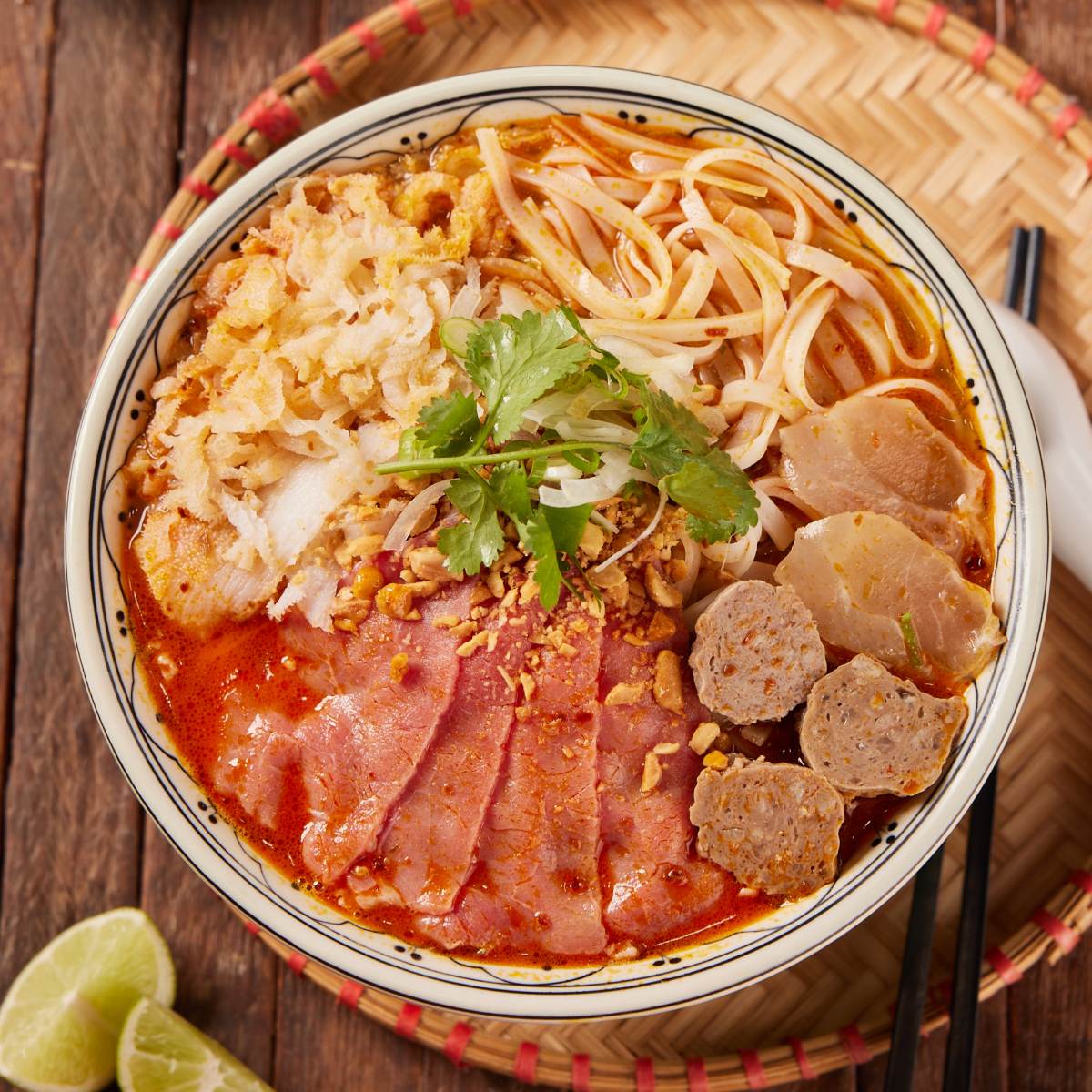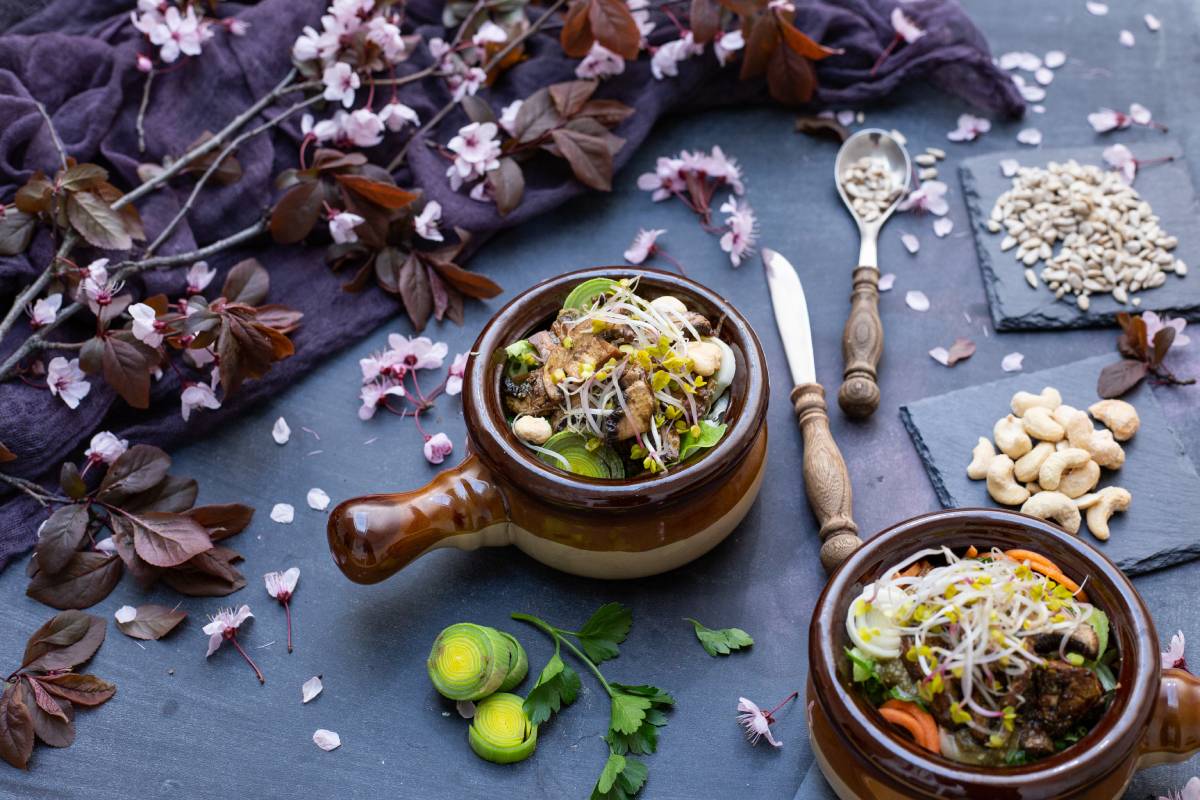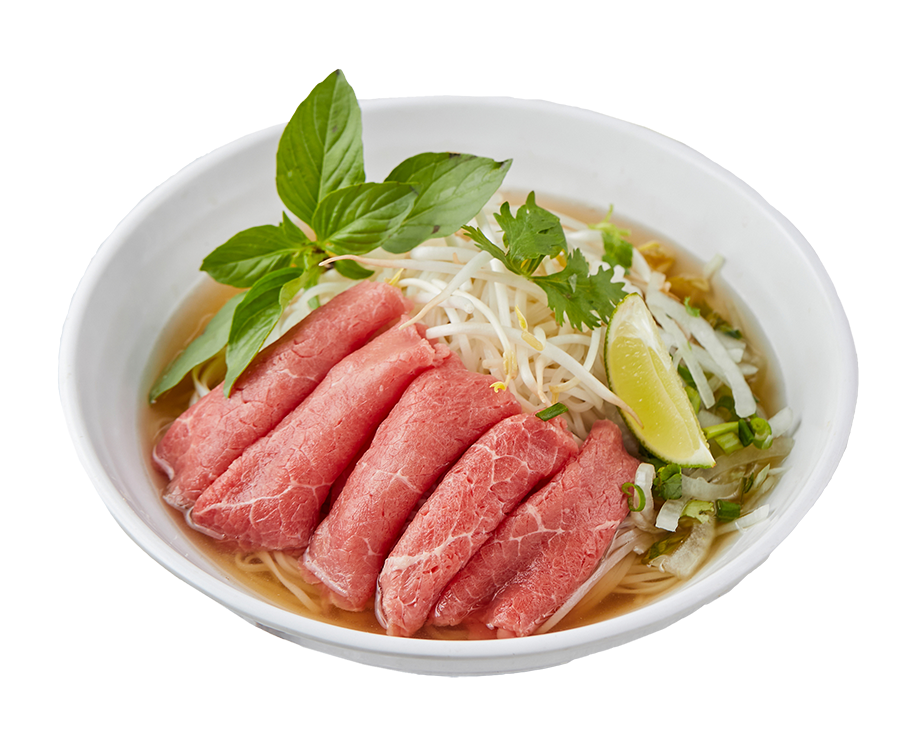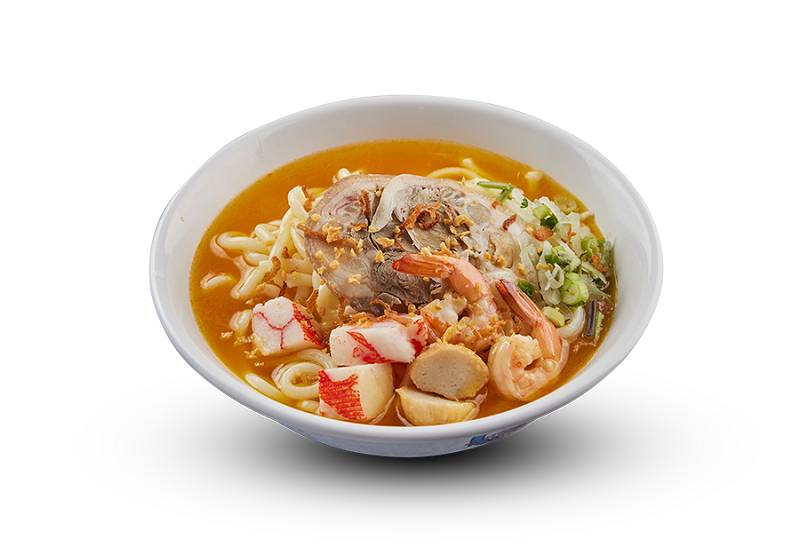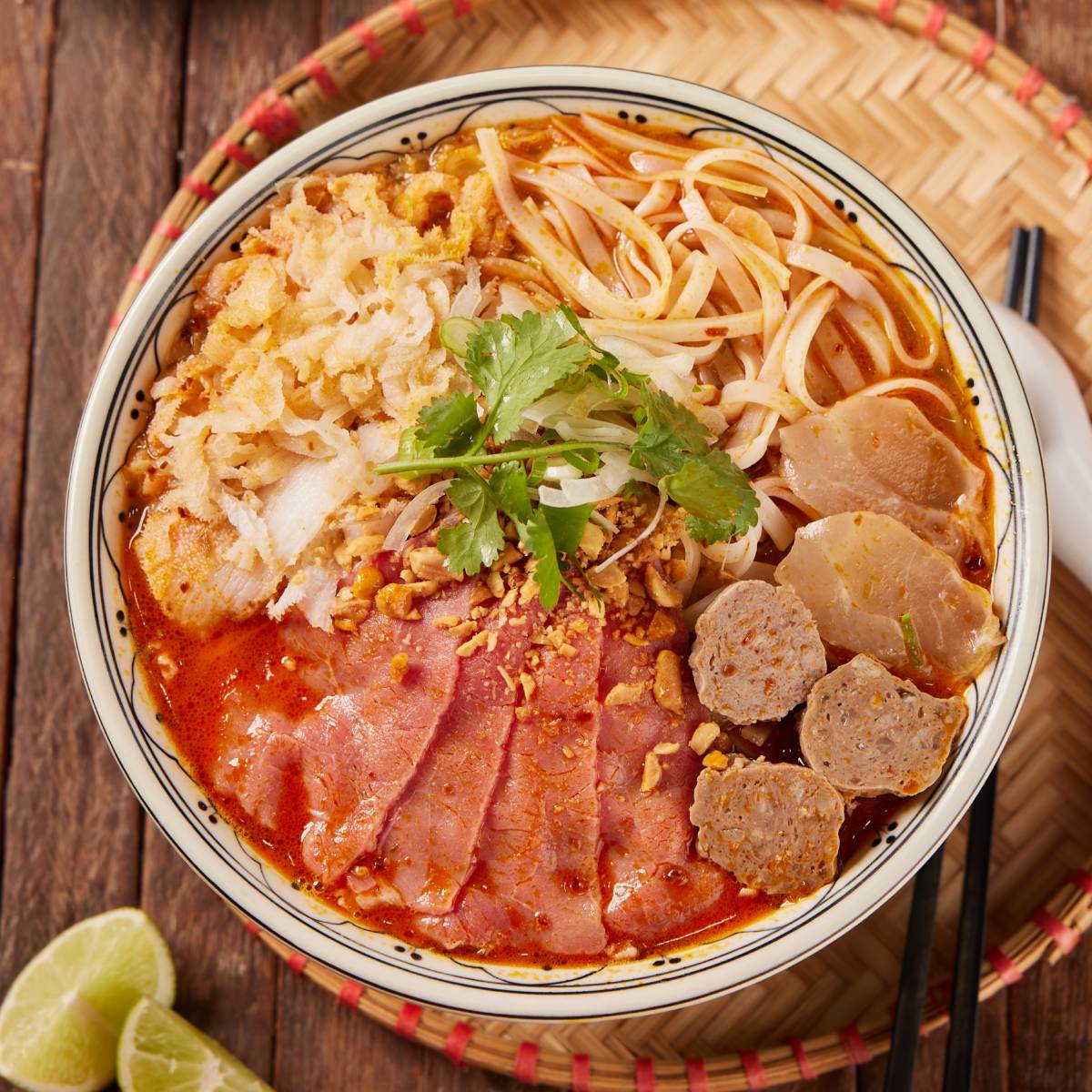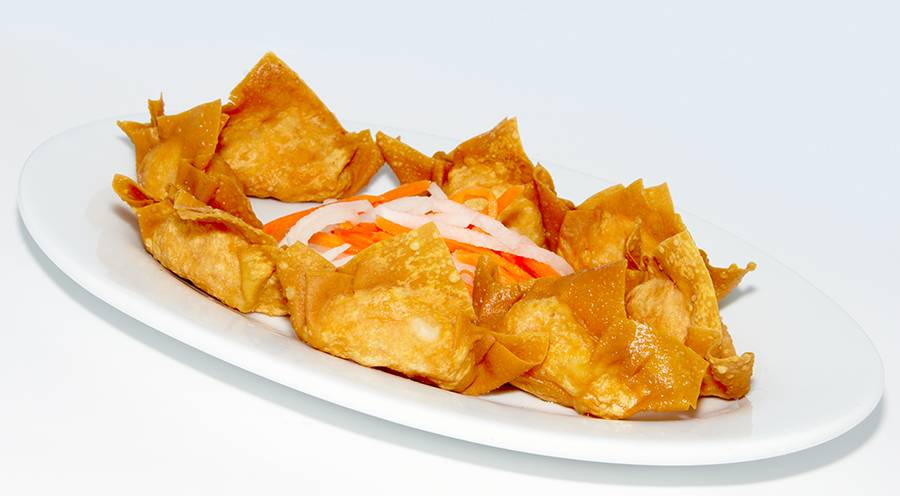While every bowl of phở starts with the same essential ingredients—rice noodles, beef or chicken, herbs, and broth—the attention to detail and craftsmanship elevates it to greatness. Each step contributes to the final result, from the slow simmering of the bones to extracting rich flavors and carefully selecting quality ingredients.
We will delve into the secrets behind the perfect broth, the art of slicing the meat just right, and the importance of condiments that allow you to customize your bowl. With insights from experienced chefs and phở lovers, we will unravel the mysteries behind what makes a truly exceptional phở experience.
So, if you are ready to take your phở game to the next level, join us on this gastronomical journey as we unravel the secrets of what differentiates great phở from good phở.
The history and origins of phở
Phở, pronounced "fuh," is a traditional Vietnamese noodle soup that has become popular worldwide. Its origins can be traced back to Northern Vietnam in the early 20th century. Initially, phở was a street food enjoyed by labourers and workers, but it soon gained popularity across all social classes.
The history of phở is intertwined with the French colonization of Vietnam. The French introduced beef to Vietnamese cuisine, which led to the creation of phở bò (beef phở). Over time, variations such as phở gà (chicken phở) and phở chay (vegetarian phở) emerged, catering to different preferences.
The key ingredients in phở
Phở is known for its simple yet flavorful ingredients. The essential components of phở include rice noodles, meat (usually beef or chicken), herbs, and broth. These ingredients form the dish's foundation and contribute to its distinct taste.
Rice noodles are a staple in Vietnamese cuisine and are a crucial element of phở. It is made from rice flour and water; these thin, flat noodles are cooked until tender and serve as the base of the dish.
The choice of meat depends on personal preference, but traditionally, beef is the most common protein used in phở. Beef brisket, flank steak, or beef balls are popular options. Chicken is also a popular choice, especially in phở gà.
Fresh herbs such as Thai basil, cilantro, and mint are added to phở to provide a burst of freshness and aroma. Bean sprouts, lime wedges, and sliced chilli peppers are common accompaniments that add a touch of crunch and heat.
The importance of broth in phở
The broth is the heart and soul of phở. It is what gives the dish its distinct umami flavour and richness. Making a flavorful broth requires time and patience.
Simmering beef or chicken bones make traditional phở broth for several hours. The slow cooking process releases the bones' flavours and nutrients, resulting in a deep and complex broth. A combination of spices and aromatics such as star anise, cinnamon, cloves, ginger, and onion is added to enhance the flavor profile.
The key to a great phở broth is achieving the perfect balance of flavors. It should be savory, slightly sweet, and aromatic. Skimming off any impurities during cooking ensures a clear and clean broth.
The art of cooking phở noodles
Cooking the rice noodles for phở requires precision to achieve the desired texture. Overcooking can result in mushy noodles, while undercooking can leave them too firm and chewy.
To cook the noodles, bring a pot of water to a boil and add the noodles. Stir gently to prevent sticking, and cook according to the package instructions. Once cooked, drain the noodles and rinse them under cold water to stop the cooking process and remove excess starch.
To serve phở, divide the noodles evenly among bowls and ladle the hot broth. The noodles should be soft, silky, and separate easily when stirred.
Traditional toppings and garnishes for phở
Phở is traditionally served with a variety of toppings and garnishes that add depth and flavor to the dish. These toppings allow you to customize your bowl according to your preferences.
Thai basil, cilantro, and mint are commonly used herbs that add freshness and fragrance to phở. Bean sprouts provide crunch, while lime wedges add a tangy and citrusy element. Sliced chili peppers or chili sauce can be added for those who prefer a spicy kick.
Hoisin sauce and Sriracha are popular condiments that are often served alongside phở. Hoisin sauce adds a touch of sweetness and richness, while Sriracha brings heat and tanginess. These condiments can be added to the broth or used as dipping sauces for the meat and herbs.
The role of condiments in enhancing phở flavors
Condiments play a crucial role in enhancing the flavors of phở. They allow you to customize your bowl according to your taste preferences.
Hoisin sauce, made from soybeans, garlic, vinegar, and spices, adds a sweet and savory element to phở. It complements the richness of the broth and adds depth to the overall flavor profile.
Sriracha, a spicy chili sauce made from chili peppers, vinegar, garlic, and sugar, adds heat and tanginess to phở. It can be used sparingly or generously depending on your spice tolerance.
Other condiments such as fish sauce, soy sauce, and chili oil can also be added to enhance the flavors of phở. These condiments add saltiness, umami, and heat and can be adjusted to suit personal preferences.
Common mistakes to avoid when making phở
While making phở at home can be a rewarding experience, there are common mistakes that novice cooks should avoid to ensure a successful outcome.
One common mistake is not simmering the bones long enough to extract maximum flavour. The slow cooking process is essential for achieving a rich and flavorful broth.
Another mistake is overcooking the meat. Thinly sliced beef or chicken should be added to the hot broth just before serving to ensure it remains tender and juicy.
Using the wrong type of rice noodles can also result in a less-than-perfect phở. It is important to choose rice noodles specifically labeled for phở to ensure the right texture and consistency.
Tips for finding great phở restaurants
Finding a great phở restaurant can be challenging, especially if you're unfamiliar with the cuisine. Here are some tips to help you find a place that serves exceptional phở:
- Seek recommendations from locals or friends who have tried phở in the area. They can provide insights and guide you to the best phở spots.
- Look for restaurants that specialize in Vietnamese cuisine. These establishments are more likely to have authentic and high-quality phở.
- Check online reviews and ratings. Platforms such as Yelp or TripAdvisor can provide valuable information about the quality of the phở and the overall dining experience.
- Pay attention to the restaurant's cleanliness. A clean and well-maintained establishment often indicates attention to detail and a commitment to quality.
- Consider the ambiance of the restaurant. A cozy and inviting atmosphere can enhance your phở dining experience.
In conclusion, what differentiates excellent pho from good phở is the attention to detail and craftsmanship that goes into every bowl. From the quality of the ingredients to the slow simmering of the bones, each element contributes to the overall flavour and experience.
A great pho is characterized by a rich and flavorful broth, perfectly cooked noodles, and a balance of fresh herbs and condiments. It is a dish that showcases the artistry and complexity of Vietnamese cuisine.
Whether you choose to make phở at home or seek out a reputable PHO restaurant near you, remember that the journey to experiencing great phở is as important as the destination. So, embrace the flavors, savor each bite, and appreciate the cultural heritage that this beloved dish represents. Enjoy your culinary exploration, and may you find the greatness within a bowl of exceptional PHO.

